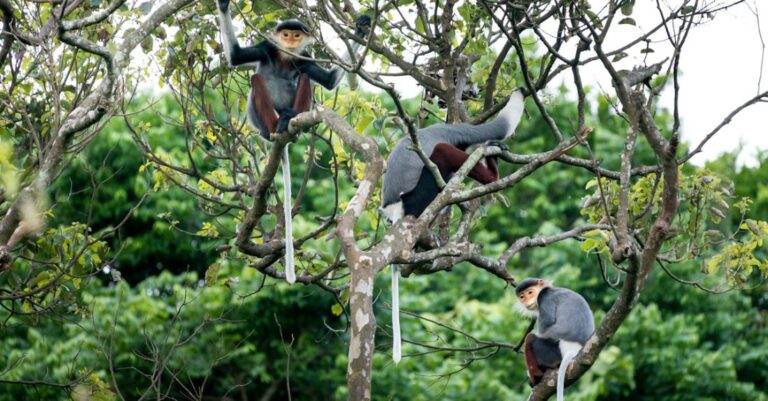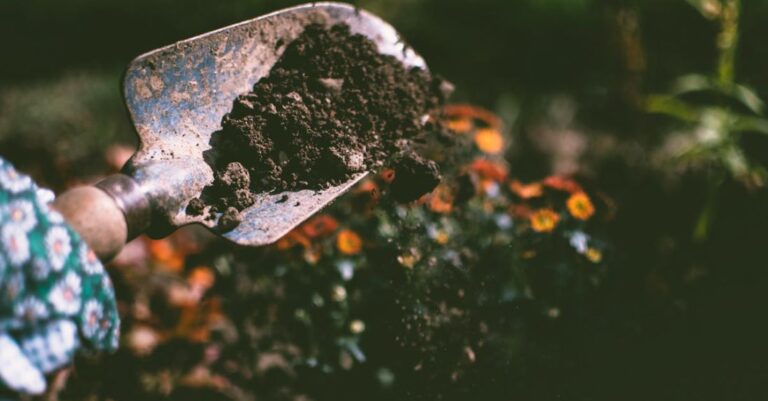
Nestled amidst vast oceans, islands are home to some of the most diverse and unique flora in the world. From the lush rainforests of Hawaii to the arid landscapes of the Galapagos, each island boasts a distinct ecosystem shaped by its geography, climate, and isolation. In this article, we will explore how different islands support their own unique flora, showcasing the remarkable adaptations that have evolved over time.
**Volcanic Islands**
Volcanic islands, such as the Hawaiian Islands, are renowned for their fertile soils and lush vegetation. The volcanic activity that formed these islands provides a constant source of nutrients for plant life. Over time, seeds carried by wind, birds, or ocean currents colonize the barren landscapes, gradually transforming them into vibrant ecosystems. The unique topography of volcanic islands, characterized by diverse microclimates and elevations, further contributes to the rich biodiversity found in these regions.
**Adaptations to Harsh Environments**
Islands like the Galapagos, located in the Pacific Ocean, present a stark contrast to the verdant landscapes of volcanic islands. The harsh environmental conditions, including limited freshwater sources and extreme temperatures, have shaped the flora in unique ways. Plants on these islands have evolved various adaptations to survive, such as succulent leaves to store water, thick waxy coatings to reduce water loss, and specialized root systems to access scarce nutrients. These adaptations allow plants to thrive in arid environments where resources are limited.
**Endemism and Island Evolution**
One of the most fascinating aspects of island flora is endemism, where species are found exclusively on a particular island or group of islands. This phenomenon is the result of isolation and evolutionary processes that occur over thousands of years. Islands serve as natural laboratories for evolution, enabling plants to diversify and adapt to specific ecological niches. The Galapagos Islands, for example, are renowned for their high levels of endemism, with many species found nowhere else in the world.
**Invasive Species and Conservation Challenges**
Despite their natural beauty and biodiversity, islands face significant threats from invasive species introduced by human activities. Invasive plants can outcompete native species, disrupt ecosystems, and alter the delicate balance of island flora. Conservation efforts are crucial to protect the unique plant species found on islands and preserve their ecological integrity. Strict biosecurity measures, habitat restoration, and eradication programs are essential to mitigate the impacts of invasive species and safeguard the future of island flora.
**Symbiotic Relationships and Mutualism**
Island flora often exhibit intricate relationships with other organisms, showcasing the interconnectedness of ecosystems. Symbiotic relationships, such as mutualism between plants and pollinators, are essential for the survival and reproduction of many species. Unique plant-pollinator interactions have evolved on islands, leading to specialized adaptations and co-dependencies. These relationships highlight the complexity and resilience of island ecosystems, where plants rely on specific partners for their continued existence.
**Preserving Island Biodiversity**
The conservation of island flora is vital not only for the plants themselves but also for the entire ecosystem and the species that depend on them. Islands are hotspots of biodiversity, harboring a wealth of unique plant species that are found nowhere else on Earth. Protecting these fragile ecosystems requires collaborative efforts from governments, conservation organizations, and local communities. By raising awareness, implementing sustainable practices, and supporting habitat restoration initiatives, we can ensure the continued survival of island flora for future generations to enjoy.
**In Conclusion**
Islands are havens of biodiversity, where unique flora thrive in diverse environments shaped by geological forces and evolutionary processes. From volcanic islands teeming with lush vegetation to arid atolls adorned with resilient plants, each island offers a glimpse into the remarkable adaptations that have evolved over time. Preserving the rich diversity of island flora is essential for maintaining the ecological balance of these delicate ecosystems and safeguarding the beauty and uniqueness of these natural treasures.





